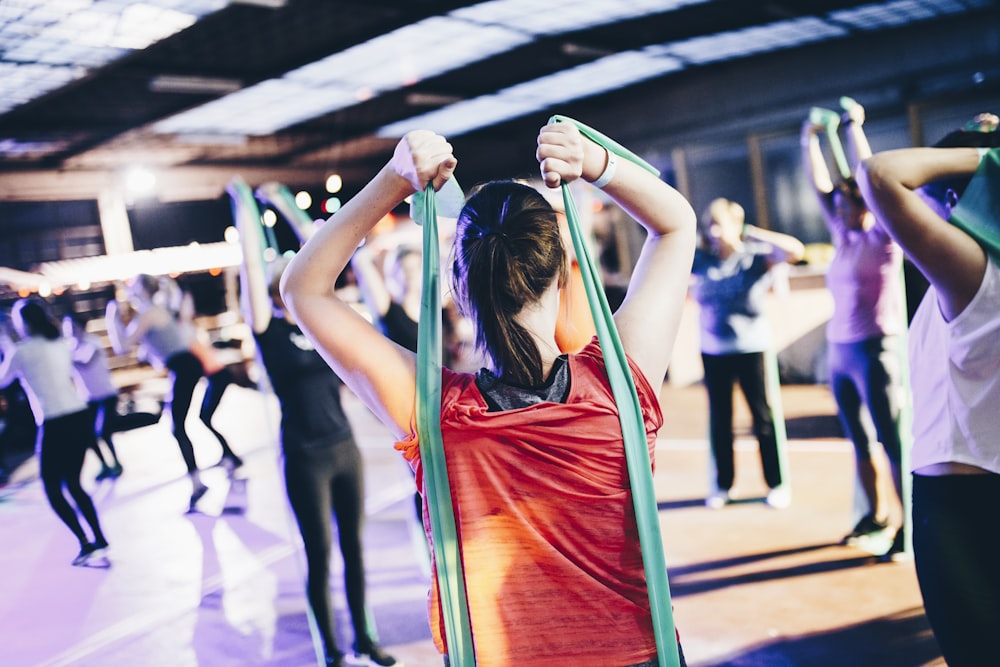
Introduction: Understanding the Importance of Workout Injury Prevention
In the pursuit of a healthy and active lifestyle, it’s essential to prioritize workout injury prevention. By following expert tips and strategies, individuals can significantly reduce the risk of injuries during their fitness routines. Let’s delve into some key insights and practical advice on how to stay injury-free while working out.
Proper Warm-Up and Stretching Techniques
One of the fundamental aspects of preventing workout-related injuries is to start with a proper warm-up routine. This helps prepare the body for exercise by increasing blood flow to the muscles and improving flexibility. Incorporating dynamic stretches, such as leg swings and arm circles, can further enhance muscle readiness and prevent strains or pulls during workouts.
Gradual Progression and Avoiding Overexertion
Another crucial tip for injury prevention is to avoid overexerting oneself, especially when starting a new workout program or increasing intensity. Gradually progressing in terms of weight, duration, or intensity allows the body to adapt and reduces the risk of overuse injuries. Listening to your body’s signals and avoiding pushing beyond your limits can help prevent strains, sprains, and other common workout injuries.
Proper Technique and Form
Proper technique and form are paramount in preventing workout-related injuries. This includes maintaining alignment, using the correct posture, and executing movements with control and precision. Seeking guidance from fitness professionals or utilizing resources such as instructional videos can aid in mastering proper technique for various exercises, reducing the risk of strains, and ensuring optimal muscle engagement.
Appropriate Rest and Recovery
Giving the body sufficient time to rest and recover between workouts is essential for injury prevention. Adequate rest allows muscles to repair and rebuild, reducing the likelihood of overtraining injuries. Incorporating rest days into your workout schedule and prioritizing quality sleep can contribute to overall recovery and help prevent fatigue-related injuries.
Proper Equipment and Gear
Using the right equipment and gear is crucial for workout safety and injury prevention. This includes wearing appropriate footwear with adequate support, using proper lifting gloves or belts for weightlifting exercises, and ensuring equipment is in good condition and properly maintained. Investing in quality gear can significantly reduce the risk of accidents and injuries during workouts.
Hydration and Nutrition
Staying properly hydrated and fueling your body with nutritious foods are key components of injury prevention in workouts. Dehydration can lead to muscle cramps, fatigue, and impaired performance, increasing the risk of injuries. Maintaining a balanced diet rich in nutrients and electrolytes supports muscle function and recovery, promoting overall workout safety and effectiveness.
Listening to Your Body and Adjusting Accordingly
Perhaps one of the most important tips for preventing workout-related injuries is to listen to your body and make adjustments as needed. Ignoring pain or discomfort during workouts can lead to more serious injuries. Knowing when to take a break, modify exercises, or seek professional guidance can help prevent injuries and promote long-term fitness success.
Incorporating Cross-Training and Variety
Cross-training and incorporating variety into your workouts can also contribute to injury prevention. Mixing up exercises, incorporating different modalities such as strength training, cardio, and flexibility work, and giving different muscle groups adequate rest can prevent overuse injuries and promote overall fitness and resilience.
Professional Guidance and Support
Finally, seeking professional guidance from certified trainers, physical therapists, or sports medicine professionals can provide personalized advice and support for injury prevention. These experts can assess your individual needs, create tailored workout plans, and offer valuable insights on technique, recovery, and injury management, ensuring a safe and effective fitness journey.
Conclusion
Prioritizing workout injury prevention is essential for maintaining a sustainable and enjoyable fitness routine. By implementing these expert tips and strategies, individuals can reduce the risk of injuries, improve overall performance, and achieve long-term health and fitness goals. Incorporating proper warm-up, technique, rest, nutrition, and professional guidance can pave the way for a safe and successful fitness journey. Read more about Tips for preventing workout-related injuries









